Filter By:
Main Cloud Types
- Cumulus
- Stratus
- Stratocumulus
- Altocumulus
- Altostratus
- Cirrus
- Cirrocumulus
- Cirrostratus
- Nimbostratus
- Cumulonimbus
Other Clouds
- Arcus
- Asperitas
- Cap / banner clouds
- Capillatus
- Castellanus
- Cataractagenitus
- Cauda (Tail cloud)
- Cavum (Fallstreak hole)
- Congestus
- Contrail (homogenitus)
- Duplicatus
- Diamond dust
- Distrail
- Fibratus
- Flammagenitus (Pyrocumulus)
- Floccus
- Fluctus (Kelvin-Helmholtz)
- Fractus
- Homogenitus
- Horseshoe vortex
- Humilis
- Incus
- Intortus
- Lacunosus
- Lenticularis
- Mamma
- Morning Glory Cloud
- Murus (Wall cloud)
- Mediocris
- Nacreous
- Nebulosus
- Noctilucent
- Pannus
- Perlucidus
- Pileus
- Praecipitatio
- Radiatus
- Silvagenitus
- Spissatus
- Stratiformis
- 'Supercilium' (not official classification)
- Translucidus
- Tuba / Twister
- Uncinus
- Undulatus
- Velum
- Vertebratus
- Virga
- Volutus (Roll cloud)
Optical Effects
- 22° Halo
- 46° Halo
- Circumhorizon Arc
- Circumscribed halo
- Circumzenithal Arc
- Cloudbow / Fogbow
- Corona
- Crepuscular rays & shadows
- Diffuse arcs
- Green flash
- Glory
- Halos
- Helic arc
- Infralateral arc
- Iridescence
- Lower Sun Pillar
- Lower Tangent Arc
- Moonbow
- Moondogs
- Parhelic circle
- Parry antisolar arcs
- Parry arc
- Parry infralateral arc
- Parry supralateral arc
- Rainbow
- Sub parhelion
- Sub-sun
- Suncave parry arc
- Sun dog (Parhelion)
- Sun pillar
- Supernumerary bows
- Subparhelic circle
- Supralateral arc
- Upper tangent arc
- Wegener arc
A sub-sun spotted on Mount Sentinel, Missoula, Montana, US.
10 thoughts on “Ron Scholl”
Leave a Reply Cancel reply
You must be logged in to post a comment.
This site uses Akismet to reduce spam. Learn how your comment data is processed.
An exquisite pattern at sunset near Waianae, Hawaii, US
Leave a Reply Cancel reply
You must be logged in to post a comment.
This site uses Akismet to reduce spam. Learn how your comment data is processed.
Cap Cloud spotted over Mt. Shasta, California, US
Leave a Reply Cancel reply
You must be logged in to post a comment.
This site uses Akismet to reduce spam. Learn how your comment data is processed.
Altocumulus perlucidus spotted over Hilo, Hawaii, US
Leave a Reply Cancel reply
You must be logged in to post a comment.
This site uses Akismet to reduce spam. Learn how your comment data is processed.
Altocumulus stratiformis undulatus, also known as a 'mackerel sky', spotted over Dehradun, Uttarakhand, India
Leave a Reply Cancel reply
You must be logged in to post a comment.
This site uses Akismet to reduce spam. Learn how your comment data is processed.
An expansive view from atop Gemsstock Mountain Peak, Andermatt, Switzerland
Leave a Reply Cancel reply
You must be logged in to post a comment.
This site uses Akismet to reduce spam. Learn how your comment data is processed.
Cumulus fractus spotted over West Esfahan, Iran
Leave a Reply Cancel reply
You must be logged in to post a comment.
This site uses Akismet to reduce spam. Learn how your comment data is processed.
A layer of Stratocumulus over Twisp, Washington, US
Leave a Reply Cancel reply
You must be logged in to post a comment.
This site uses Akismet to reduce spam. Learn how your comment data is processed.
A swirl of clouds spotted above an exact plaster replica of the statue Aphrodite of Milos, in Milos, Greece
Leave a Reply Cancel reply
You must be logged in to post a comment.
This site uses Akismet to reduce spam. Learn how your comment data is processed.
Sunset with mammatus (mamma) and lightning, spotted over Daytona Beach, Florida, US
Leave a Reply Cancel reply
You must be logged in to post a comment.
This site uses Akismet to reduce spam. Learn how your comment data is processed.
A dynamic and vivid sunset near Lexington, Virginia, US
Leave a Reply Cancel reply
You must be logged in to post a comment.
This site uses Akismet to reduce spam. Learn how your comment data is processed.
Altocumulus perlucidus spotted over Sanxia, New Taipei City, Taiwan
Leave a Reply Cancel reply
You must be logged in to post a comment.
This site uses Akismet to reduce spam. Learn how your comment data is processed.
Sunrise over Central Province, Iran
Leave a Reply Cancel reply
You must be logged in to post a comment.
This site uses Akismet to reduce spam. Learn how your comment data is processed.
Cumulus spotted over Modbury Heights, Adelaide, South Australia, Australia
Leave a Reply Cancel reply
You must be logged in to post a comment.
This site uses Akismet to reduce spam. Learn how your comment data is processed.
Mid-morning iridescence over Lebec, California, US
Leave a Reply Cancel reply
You must be logged in to post a comment.
This site uses Akismet to reduce spam. Learn how your comment data is processed.
Winter solstice sky over Rocky Mount, Virginia, US
Leave a Reply Cancel reply
You must be logged in to post a comment.
This site uses Akismet to reduce spam. Learn how your comment data is processed.


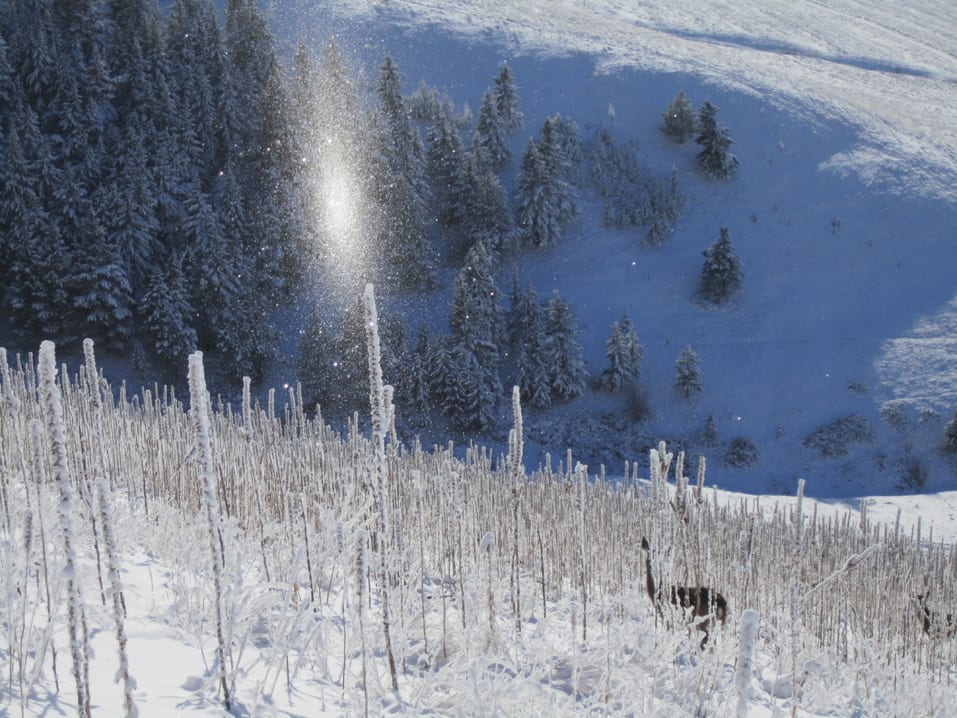
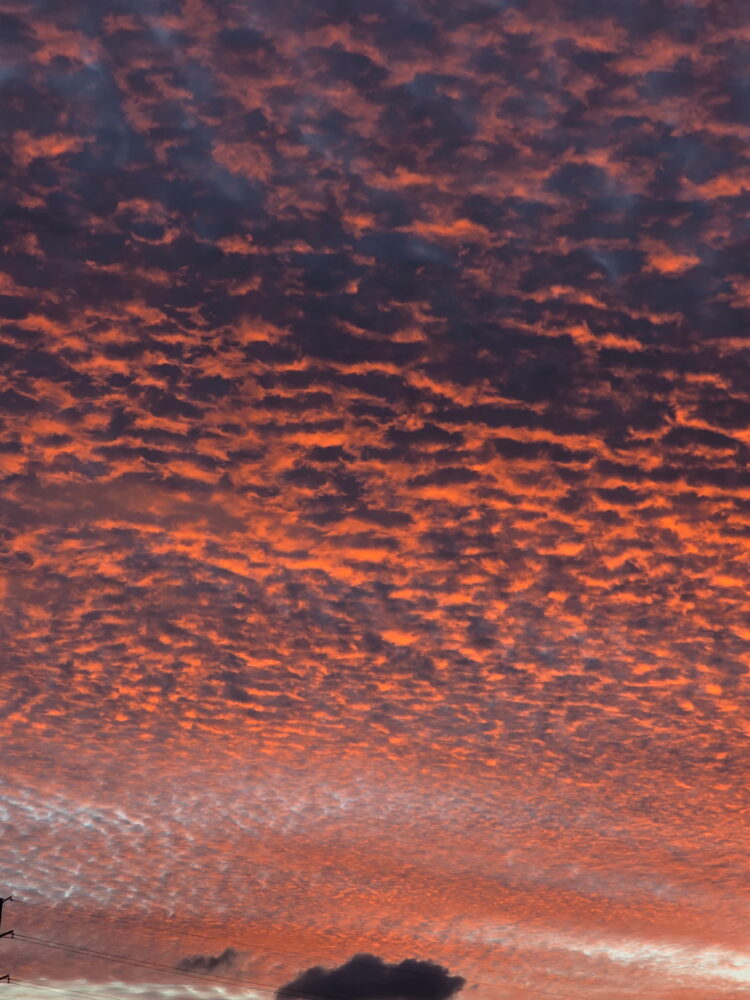
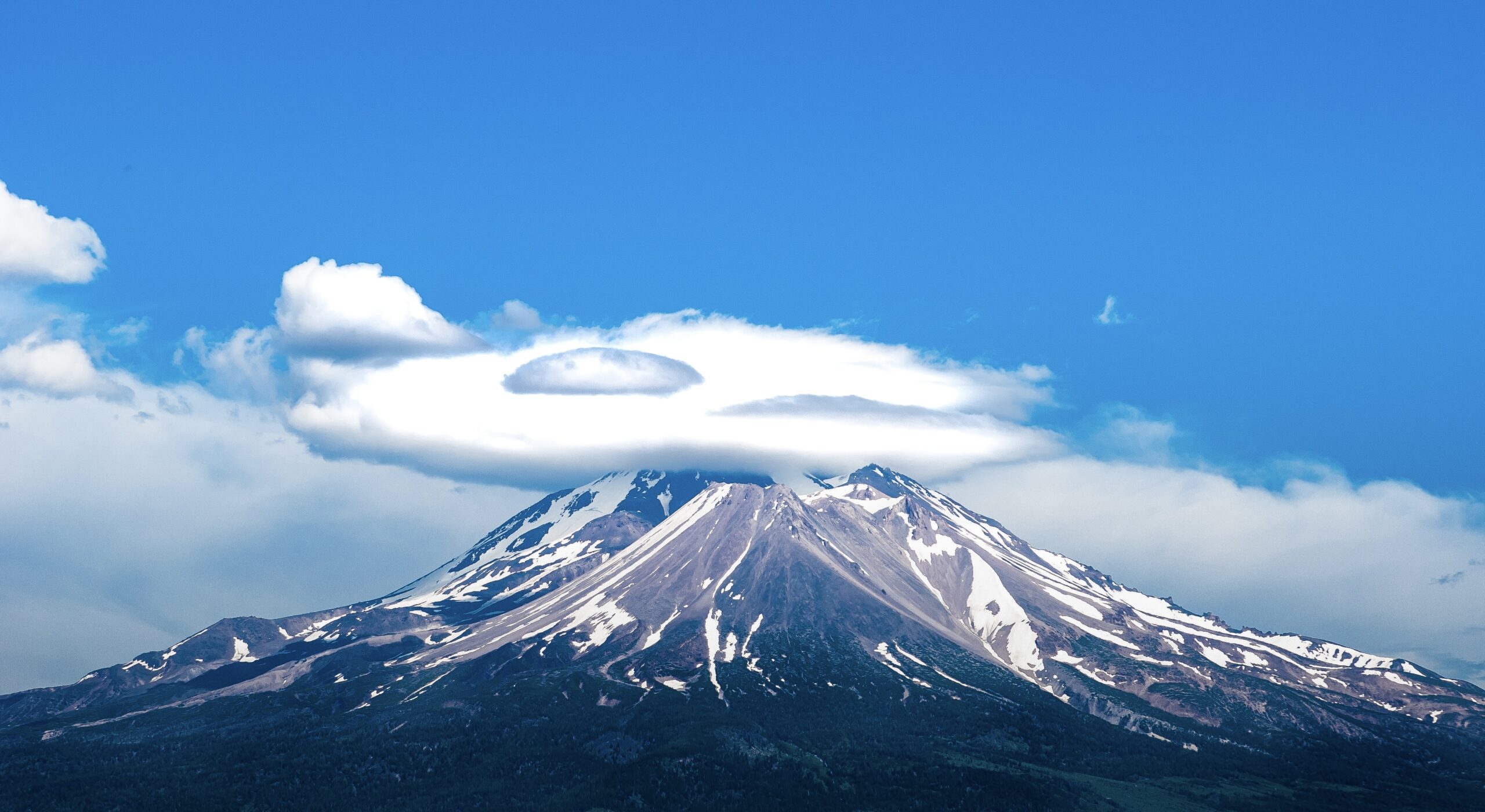

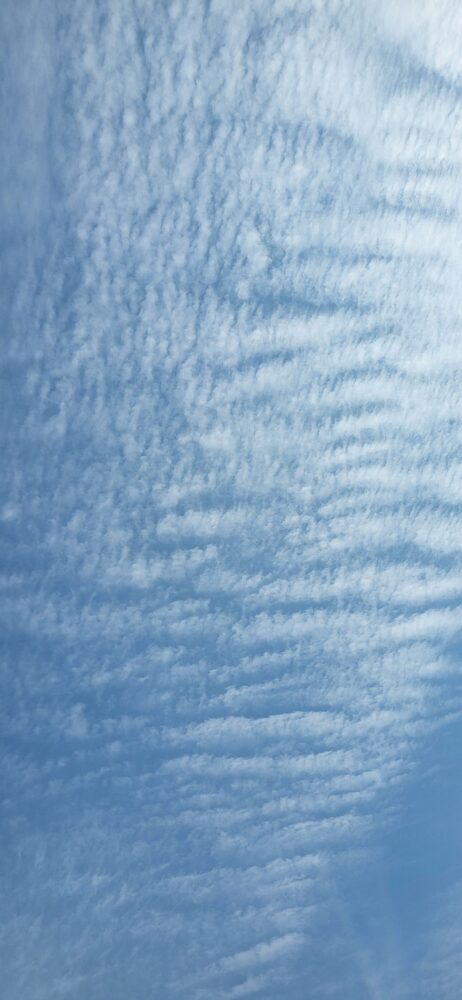

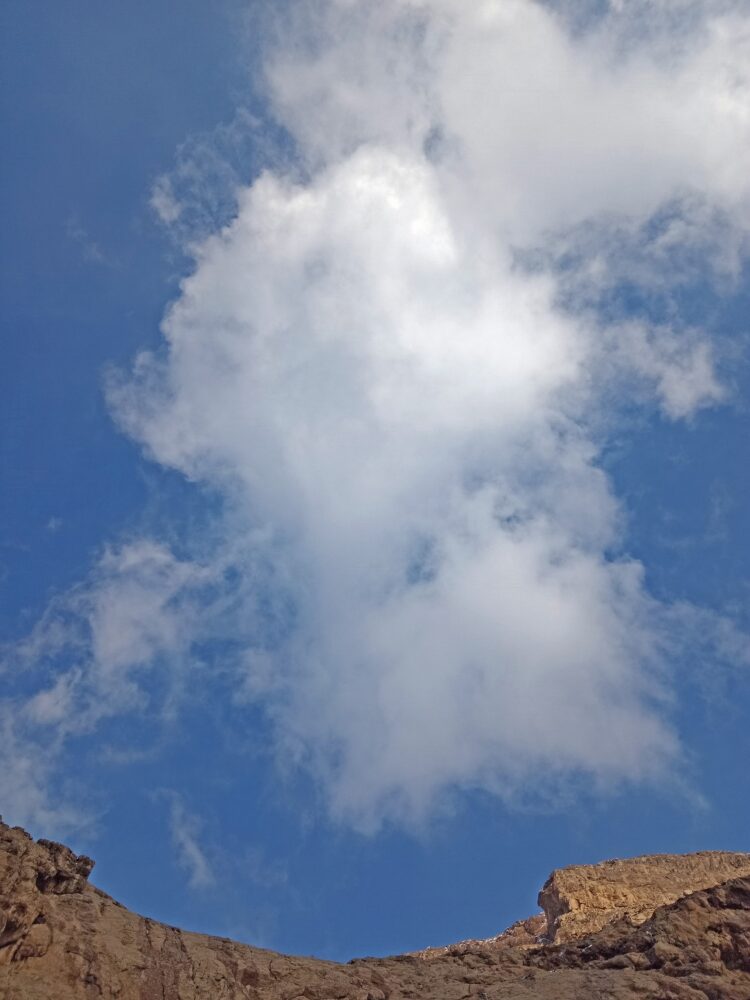
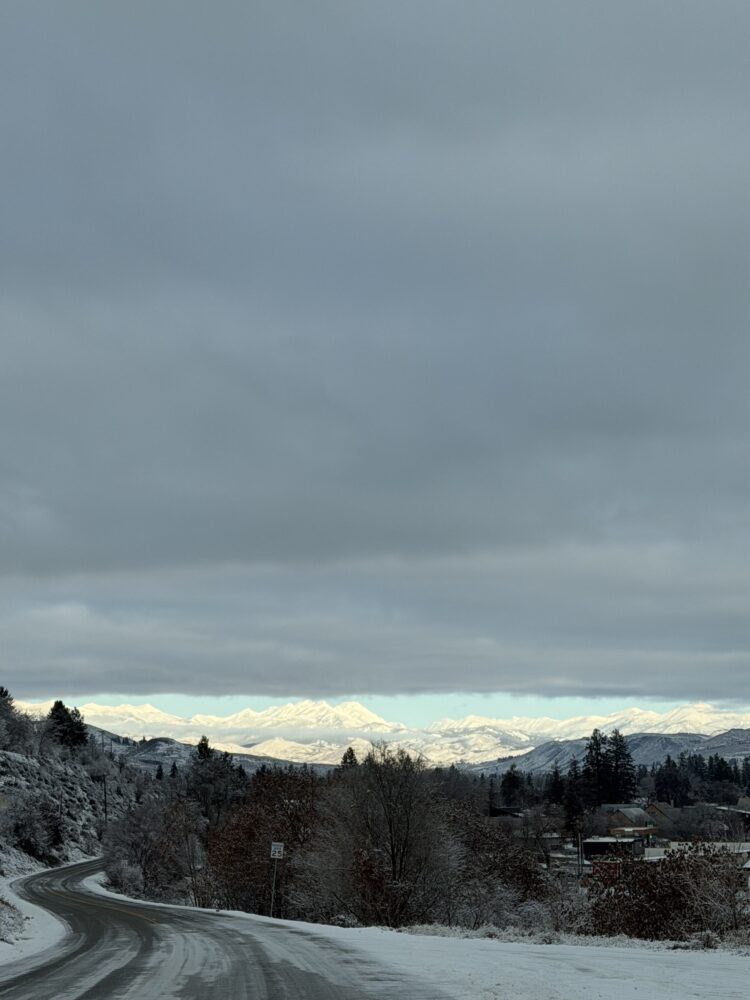
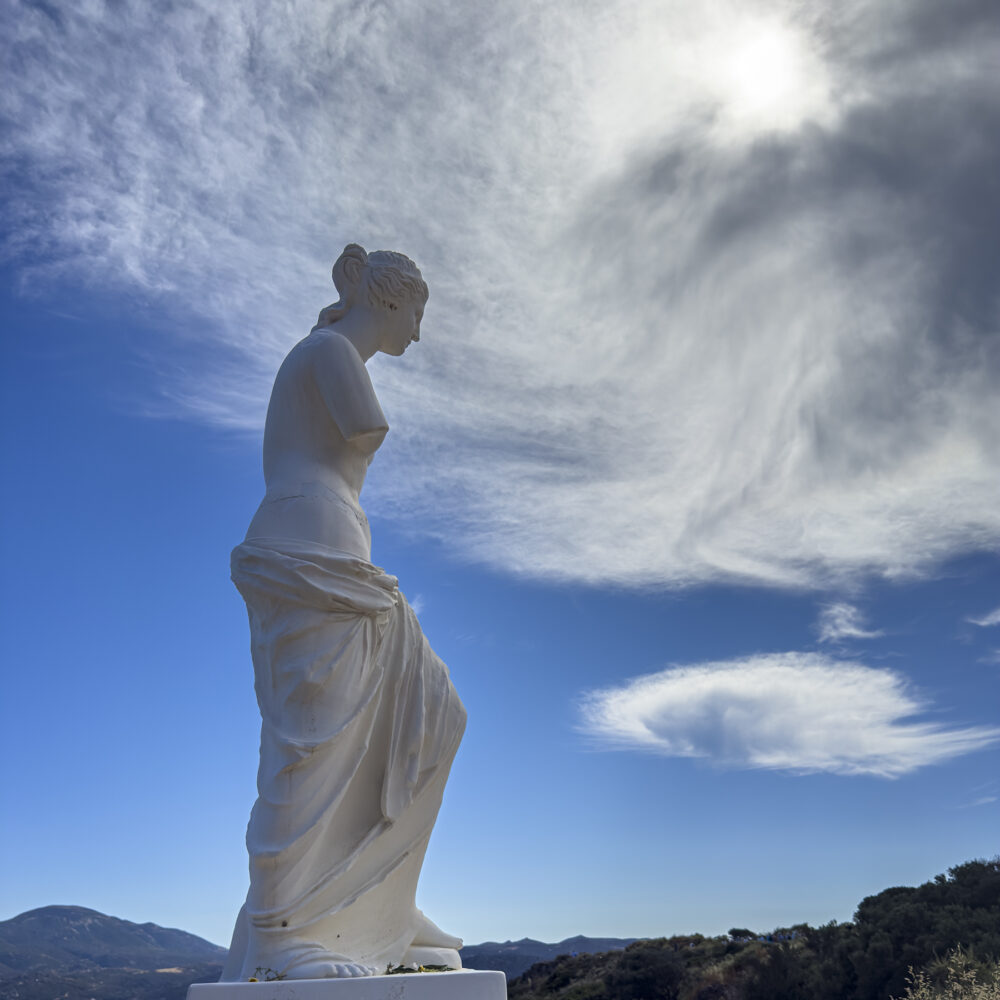
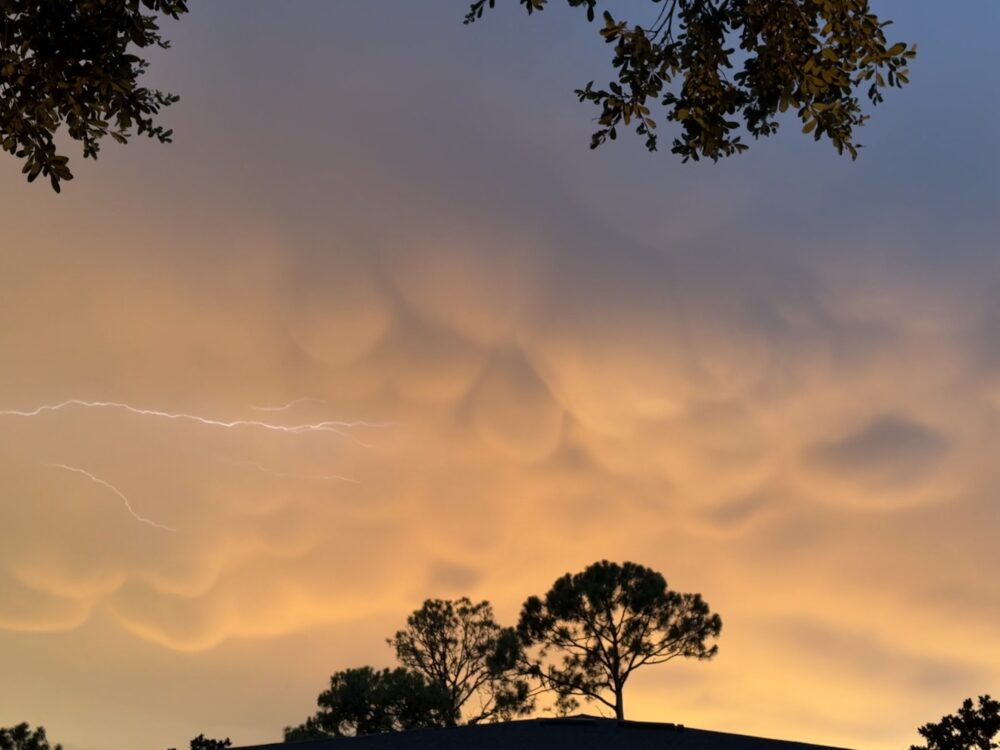
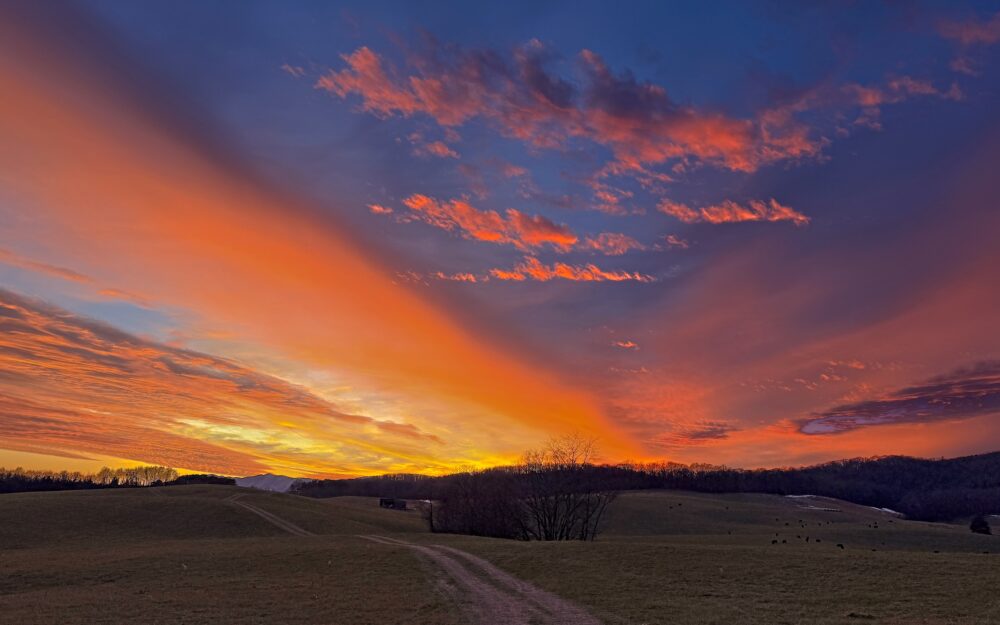

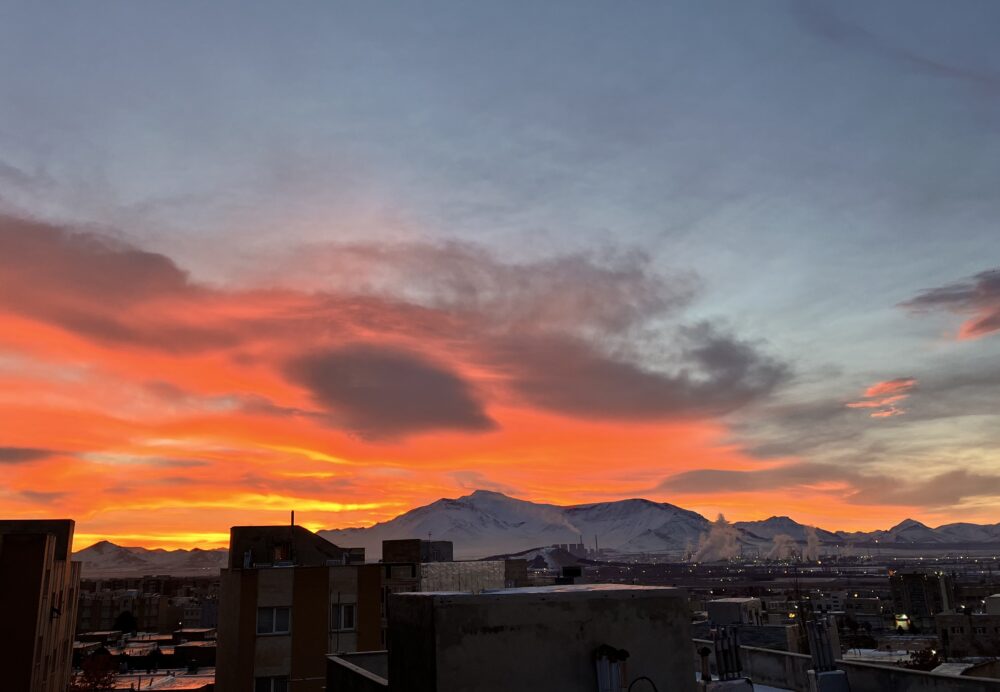
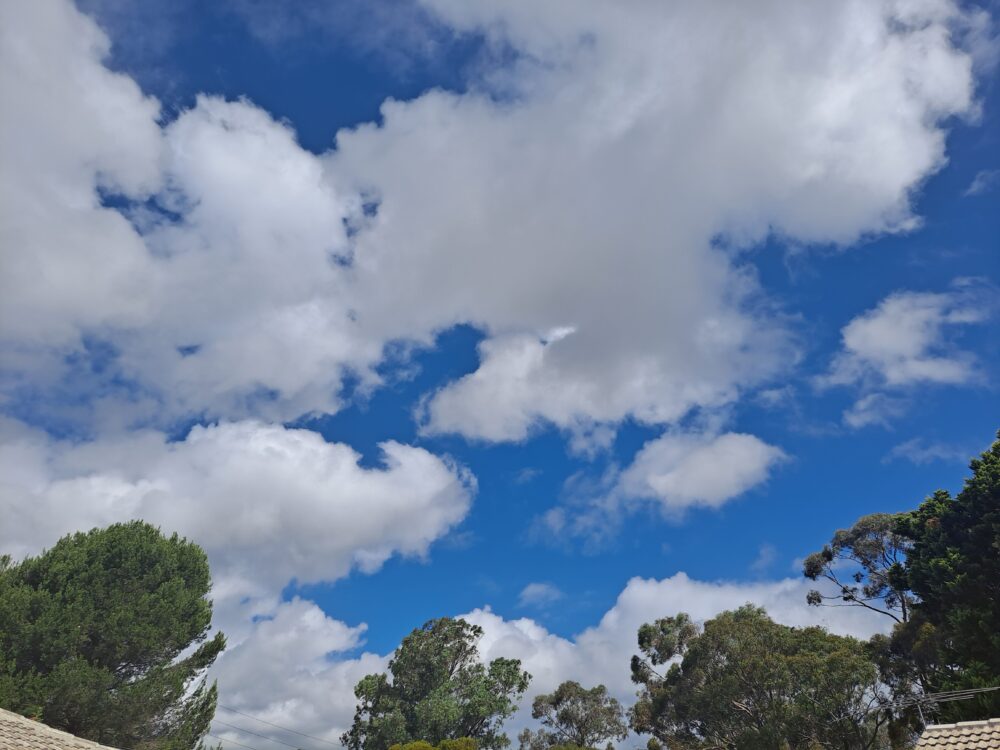
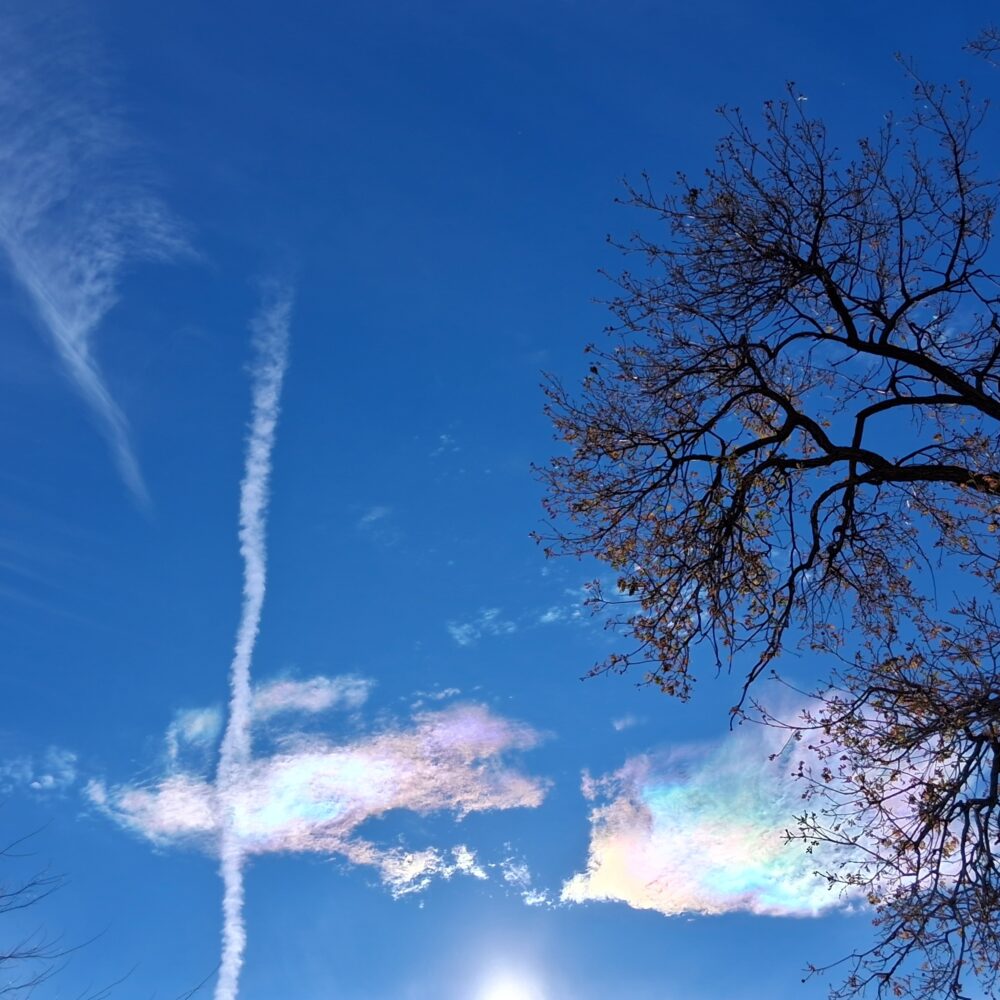
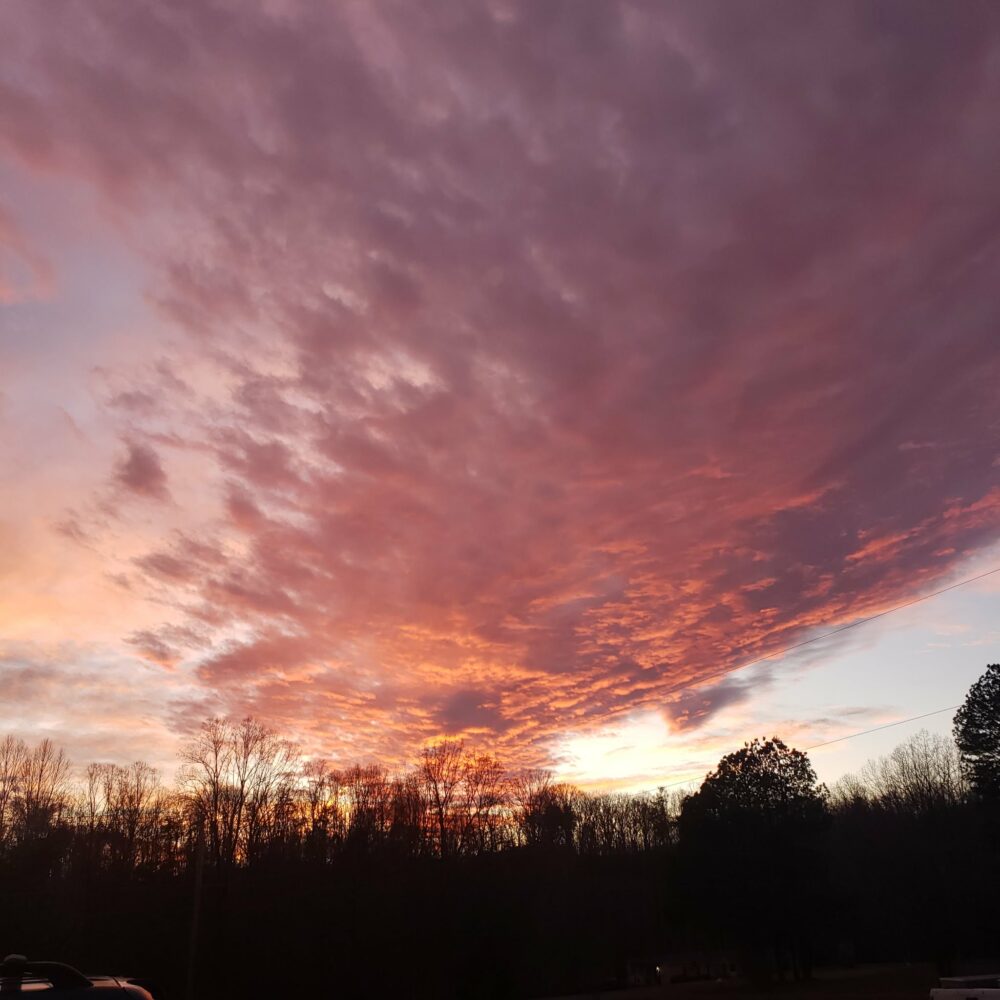

Beautiful photo, but boy! ….. does’nt that look COLD!
Never seen even a picture of this before – wonderful image! And Ian – thanks for the link.
Beautiful, incredible phenomena and with two deer at the same time! Excellent composition – great picture!
PS, website administrator: as you can see by my inadvertent ‘anonymous’ submission and the one by Andrew Kirk, the submission guidelines are unclear!
The difference between a subsun and sundog seems to be a technicality. Optically, both are ‘subsuns,’ and metaphorically, both are ‘sundogs.’ At least that’s what I’ll tell myself, since I’ve named this one “The Dancing Sundog”! (See the video by that name on Youtube.) And yes–the vegetation is mullein and the animals are two mule deer.
The difference between a subsun and sundog seems to be a technicality. Optically, both are ‘subsuns,’ and metaphorically, both are ‘sundogs.’ At least that’s what I’ll tell myself, since I’ve named this one “The Dancing Sundog”! (See the video by that name on Youtube.) And yes–the vegetation is mullein and the animals are two mule deer.
Ian
Thanks very much indeed for the link you kindly provided in relation to the photo portrayed which gives, for the likes of me, detailed information about this cloud type of unusual phenenomenon – something I’ve not known about it till now – one of the many things I learnt about from the CAS and its members, thanks be!
Thanks to you, Ron, for this photo from which I’ve learnt something new. Good man!
Laurence
Great shot and cool link. But wait! Is that a field of Mullein and two reindeer?
Great shot and cool link. But wait! Is that a field of Mullein, and two reindeer?
More information here http://www.atoptics.co.uk/fz188.htm
IanL..